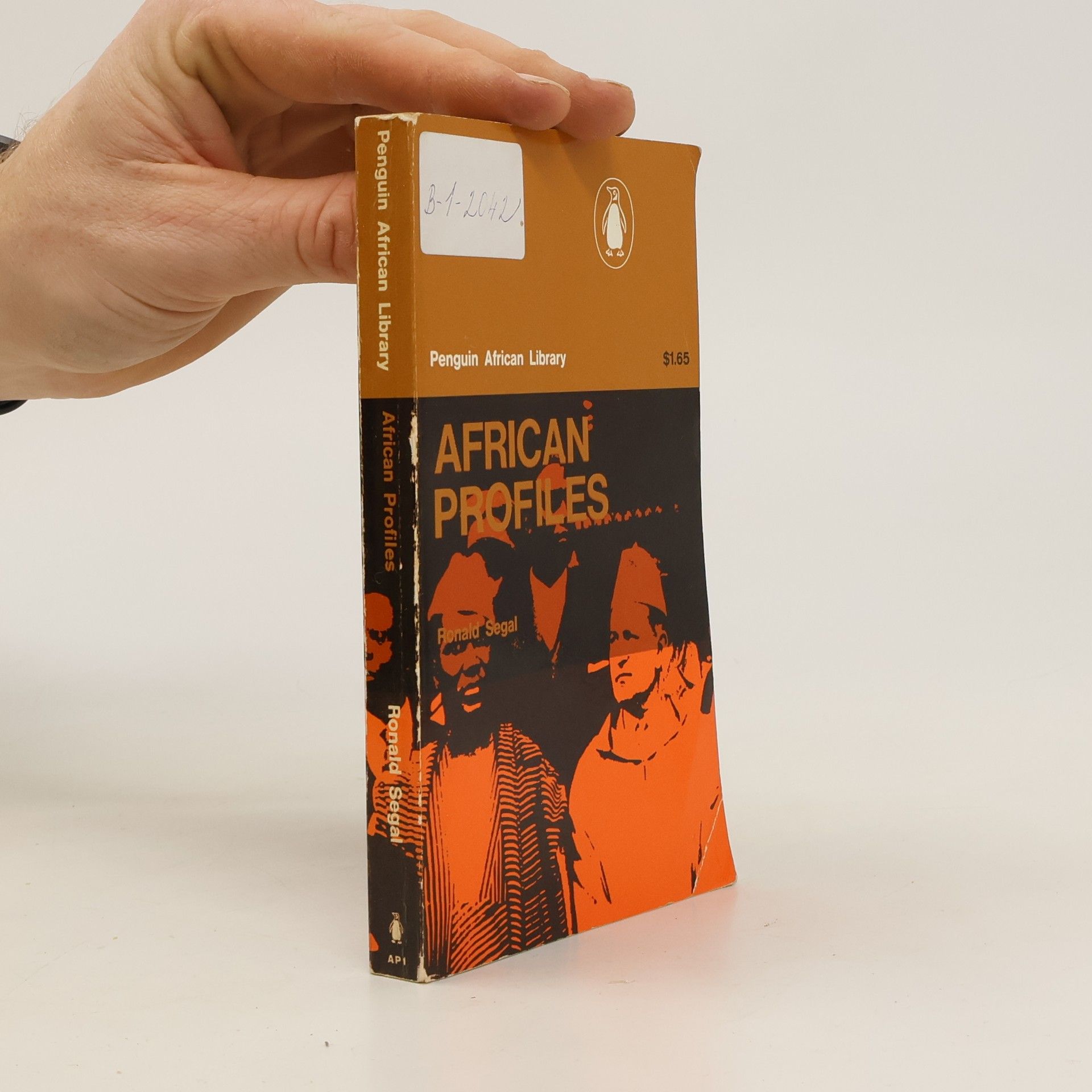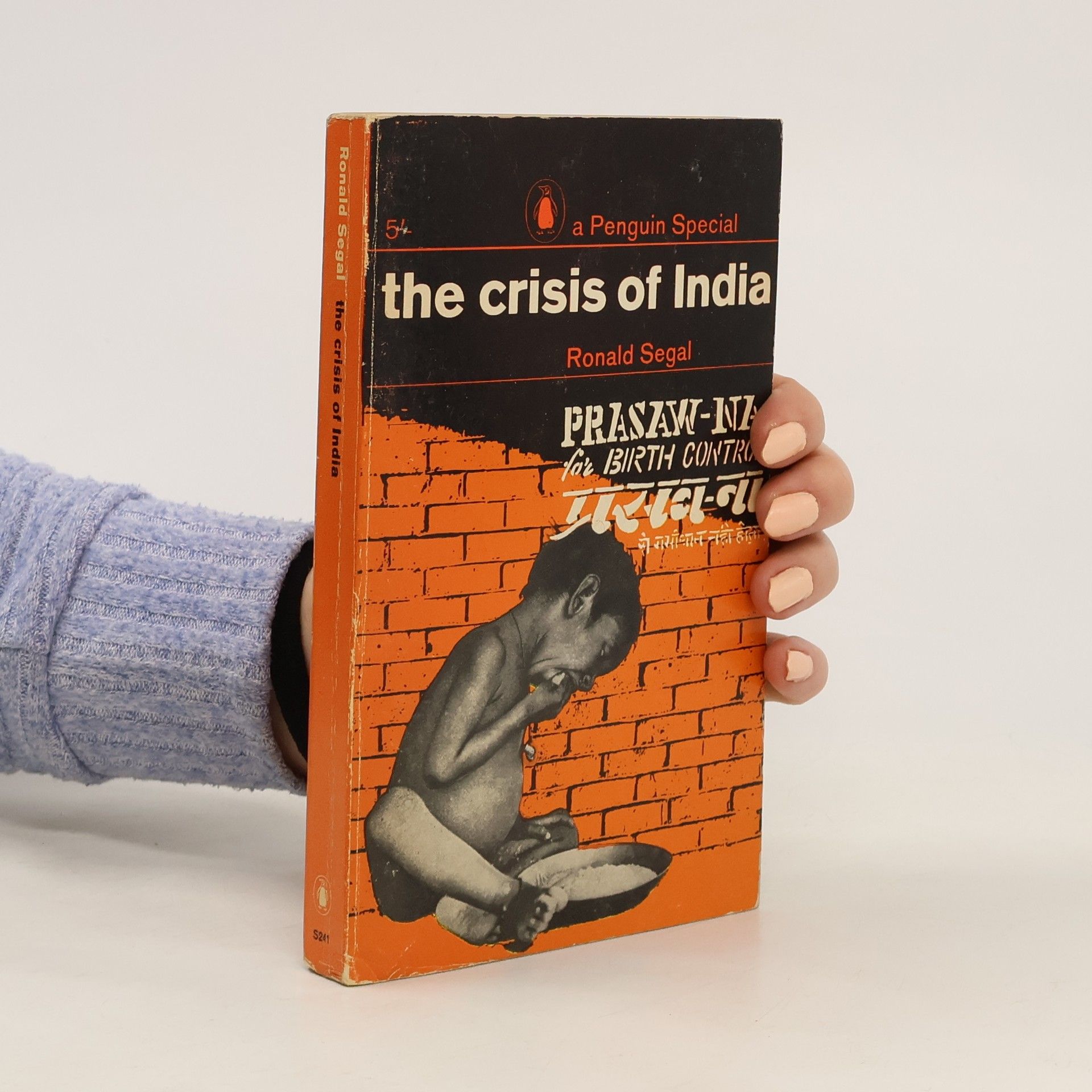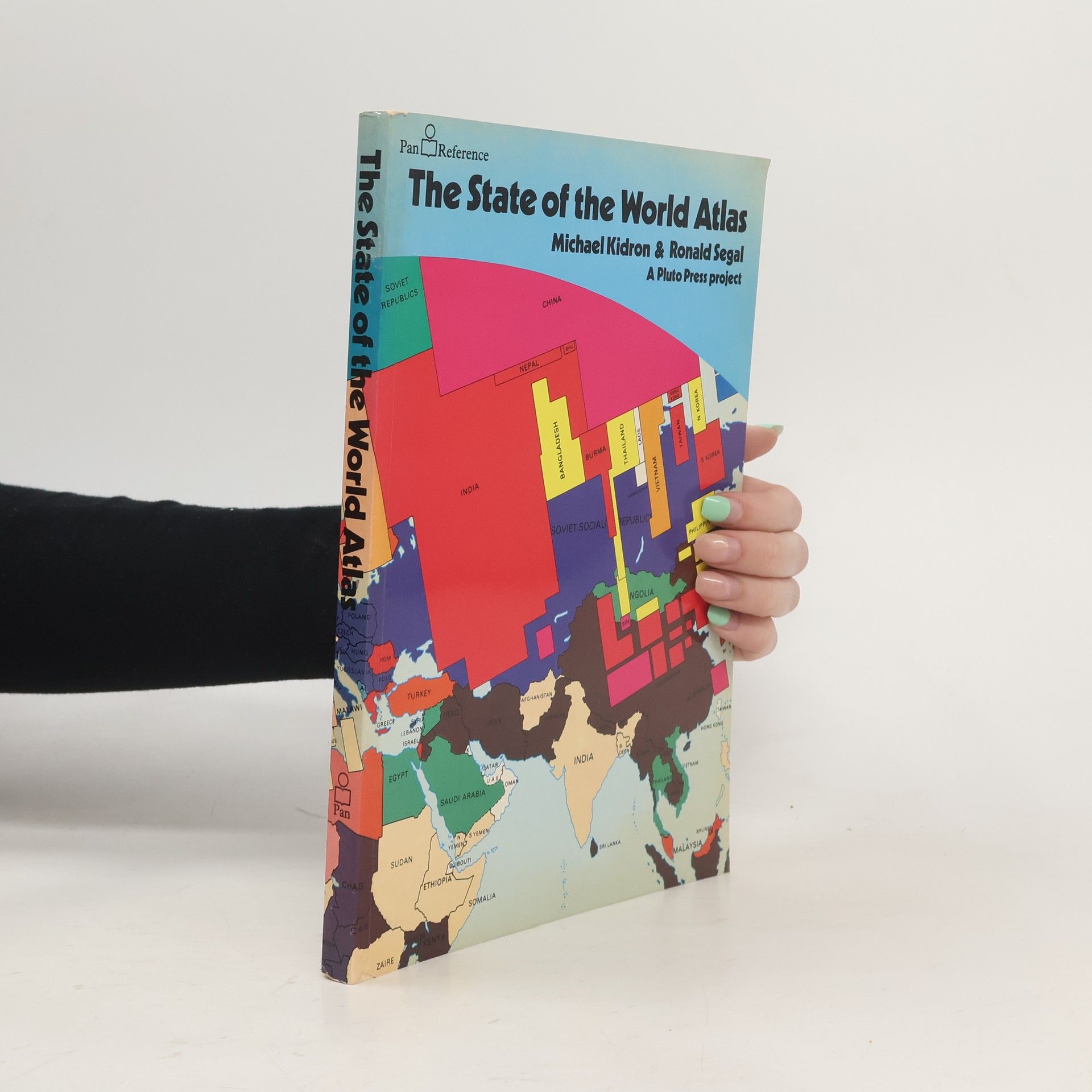In Islam's Back Slaves, Ronald Segal traces the business of slavery from the birth of Islam in seventh-century Arabia to the present, where, in Sudan and Mauritania, Africans continue to be bought and sold. It is the first book for a general readership to describe in detail the Islamic slave trade. It is also a valuable corrective to the view that the enslavement of Africans was a purely European question.
Ronald Segal Book order
Ronald Segal was a prominent South African author and editor whose work frequently engaged with political and social issues. His early education and experiences in South Africa deeply shaped his subsequent writing. Segal was also the founder and editor of *Africa South* magazine, which served as a crucial platform for political and cultural discourse. His writings often explored themes of race, colonialism, and the struggle for liberation, both within Africa and globally. Segal's life in exile and his continued political activism informed his distinctive perspective on world affairs.






- 2003
- 1987
The New State of the World Atlas
- 167 pages
- 6 hours of reading
- 1981
The State of the World Atlas
- 176 pages
- 7 hours of reading
Distinctive yet accessible, these full-color maps & graphics afford readers a unique view of current international affairs by translating key political, economic & social indicators into readily grasped visual form. "Unique & uniquely beautiful," previous editions of this atlas have told us "more about the world today than a dozen statistical abstracts or scholarly tomes" (Los Angeles Times). Topics covered in this edition include population growth, migrations, pressures on the environment, military spending, the arms trade, racism & gender politics. For a concise yet comprehensive survey of the world today, The State of the World Atlas is unmatched.
- 1962
- 1962
